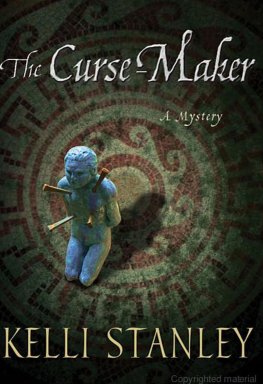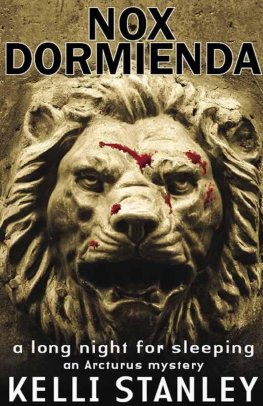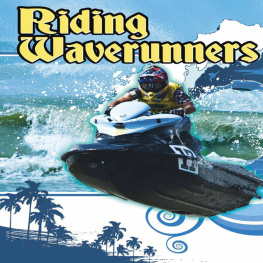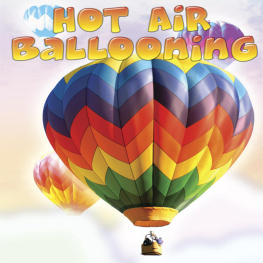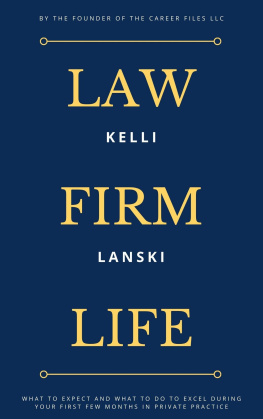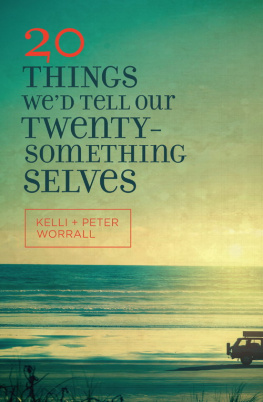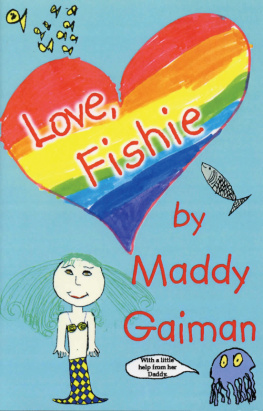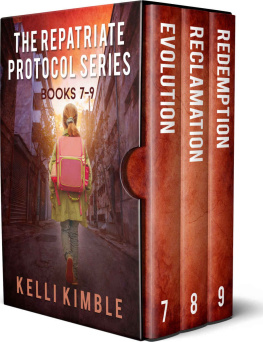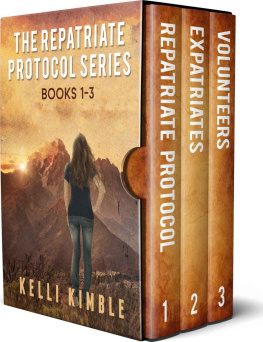HERITAGE, TOURISM, AND COMMUNITY
Series Editor: Helaine Silverman
University of Illinois at Urbana-Champaign
Heritage, Tourism, and Community is an innovative new book series that seeks to address these interconnected issues from multidisciplinary and interdisciplinary perspectives. Manuscripts are sought that address heritage and tourism and their relationships to local community, economic development, regional ecology, heritage conservation and preservation, and related indigenous, regional, and national political and cultural issues. Manuscripts, proposals, and letters of inquiry should be submitted to .
The Tourists Gaze, the Cretans Glance: Archaeology and Tourism on a Greek Island, Philip Duke
Coach Fellas: Heritage and Tourism in Ireland, Kelli Ann Costa
First published 2009 by Left Coast Press, Inc.
Published 2016 by Routledge
2 Park Square, Milton Park, Abingdon, Oxon OX14 4RN
711 Third Avenue, New York, NY 10017, USA
Routledge is an imprint of the Taylor & Francis Group, an informa business
Copyright 2009 Taylor & Francis
All rights reserved. No part of this book may be reprinted or reproduced or utilised in any form or by any electronic, mechanical, or other means, now known or hereafter invented, including photocopying and recording, or in any information storage or retrieval system, without permission in writing from the publishers.
Notice:
Product or corporate names may be trademarks or registered trademarks, and are used only for identification and explanation without intent to infringe.
Library of Congress Cataloguing-in-Publication data:
Costa, Kelli Ann.
Coach fellas : heritage and tourism in Ireland / Kelli Ann Costa.
p. cm.(Heritage, tourism and community)
Includes bibliographical references and index.
ISBN 978-1-59874-406-4 (hardcover : alk. paper)ISBN 978-1-59874-407-1
(pbk. : alk. paper)
1. IrelandDescription and travel. 2. TourismIreland. I. Title.
DA969.C67 2009
338.4791417dc22
2009002323
Cover illustration by permission of CI, cras lompair ireann, Dublin, Ireland.
ISBN 978-1-59874-407-1 paperback
ISBN 978-1-59874-406-4 hardcover
For many years, I have been an active observer of and participant in the tourism industry in Europe; initially in Austria (Costa 2001) and for the past several years in Ireland (for example, Costa 2004, 2006). I have been particularly interested in vernacular material culture and its increasing commodification on the tourist market (see discussion in Costa 2001). Over the past several years, I have concentrated on the commodification of the built environment, especially that of the ancient past, and the modified natural landscape of Ireland. As an archaeologist, I have a natural curiosity about and concern for ancient and historic landscapes and the ever-increasing pressures of modernization and development on them. Nowhere is this pressure more acute than in Ireland. The heritage of Ireland is tied to its landscape and the more than 9,000 years of human intervention upon it.
The landscape and the many ancient and historic remains found on it (and in many cases within it) are integral to the branding of Ireland: the countrys three pillars of cultural heritage marketing are people, place, and pace (Tourism Policy Review Group [TPRG] 2003: xi). Without clear and intensive marketing of the three pillars and effective visual stimulation (Brett 1996), Ireland as destination would be more real than imagined. This imagined Ireland, the anachronistic, backward, rural, ancient Ireland, is the Ireland desired by the visitor. This desire is encouraged through effectiveand affectivemarketing. For many American visitors, in particular, to Ireland, the land represents an ancestral heritage brought about by the massive Irish diaspora that began in the 19th century and continuesthough at a much reduced ratetoday. Other visitors from Canada, New Zealand, and Australia, especially, also understand the Irish landscape as ancestral ground. Even I was drawn there as a moth to a flame, because of the tremendously varied archaeological landscapes, the beauty of the environment, and the people themselvesthe core concepts of people, place, and pace chosen to brand the island to visitors.
Tourism is predicated on visitor satisfaction, and of central importance to visitor satisfaction are the people within the tourism industry who serve as the primary interfaces (TPRG 2003) between destination (or product) and guest. As many tourists from outside Ireland participate in organized coach tours, including city tours and day trips, the coach driver is often the only live informant available. Tour guides and coach drivers, who are often one and the same, are responsible for imparting background information and insights on the heritage sites and other places visited by their groups. Despite this, they are easily forgotten, ignored, and often challenged by the uninformed. Thus, this book is about mundane, white, working class men as much as it discusses heritage and tourism. In Ireland, almost without exception, it is men who drive the tour coaches and men who toil at the day-to-day tasks of shepherding tourists. Women can, and often do, act as guides, but they very rarely serve as drivers or driver-guides. During my study I never met a woman driver-guide, and, although it was rumored that a few existed, no one I spoke to had ever seen one.
Irelands current booming economy, a direct result of its attractiveness as the gateway to Europe or America for industry and its early membership in the European Union, has brought about an intensification in infrastructural and domestic development that at times seem out of control. Real estate now stands as among the most expensive in Europe (Economic and Social Research Institute [ESRI] 2005), centered primarily in Dublin and its surrounding suburbs but increasingly in other areas throughout the island as well. A recent article in The Corkman newspaper reported that in the southwest region of Ireland alone, house prices have risen 267% since 1996, calling the growth staggering (16/02/06, accessed 20/02/06). Ireland was also reported as the second wealthiest country in the world behind Japan in the summer of 2006, an astonishing reversal of fortune (Radio Telefis Eirean [RTE] July 2006). As the population of Ireland has grown wealthier (and younger30% of the population in 2005 was 30 years of age or under), a dramatic upsurge in automobile traffic has heightened demands on roads, bridges, slip roads, and car parks. Road construction and repair are a constant presence in Ireland, aiding in the alleviation of traffic woes but also altering, destroying, and damaging vast areas of historical significance throughout the country. As housing estates crop up across the landscape, enormous tracts of rural Ireland are also disappearing. One benefit to archaeologists is the availability of constant employment and the dramatic proliferation of cultural resource-management firms owing to this expansive growth.







